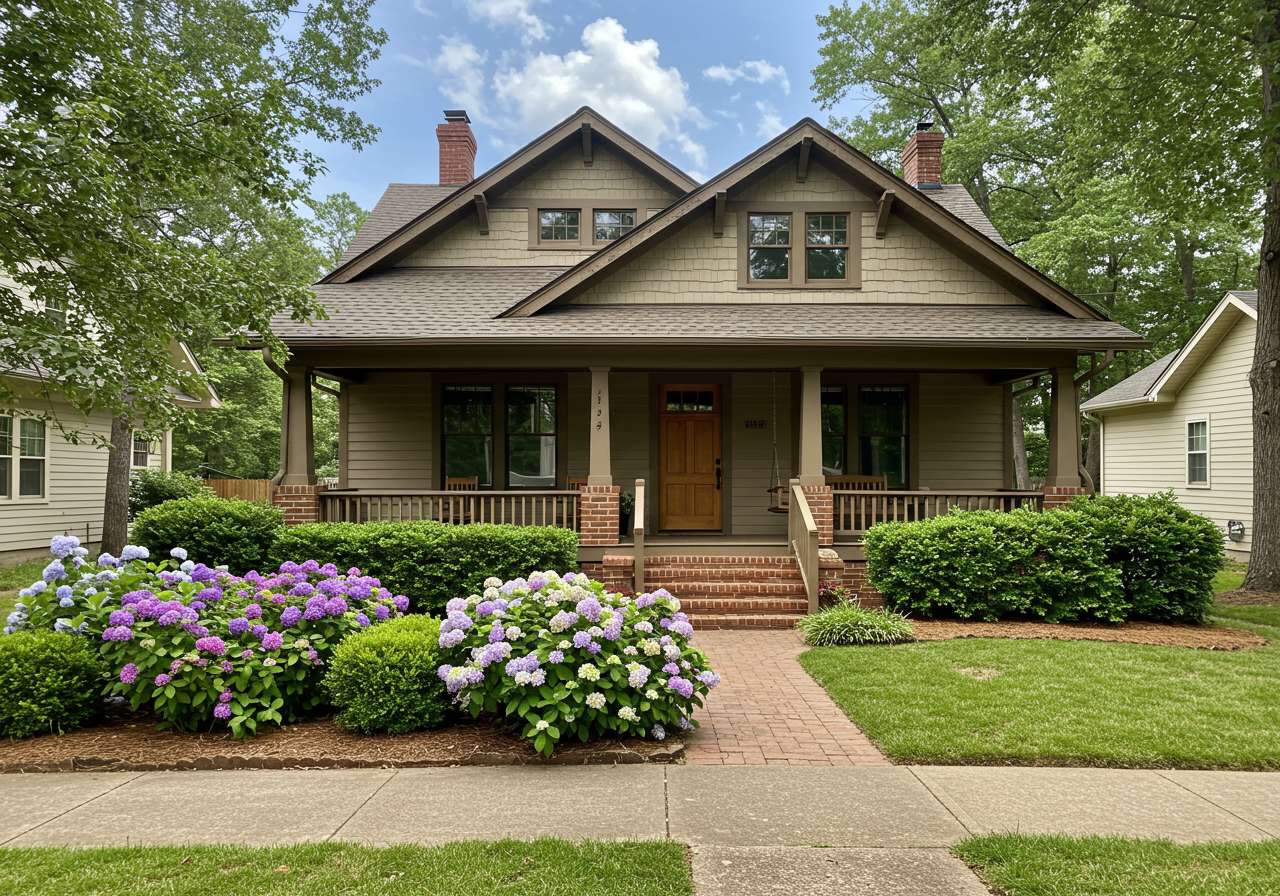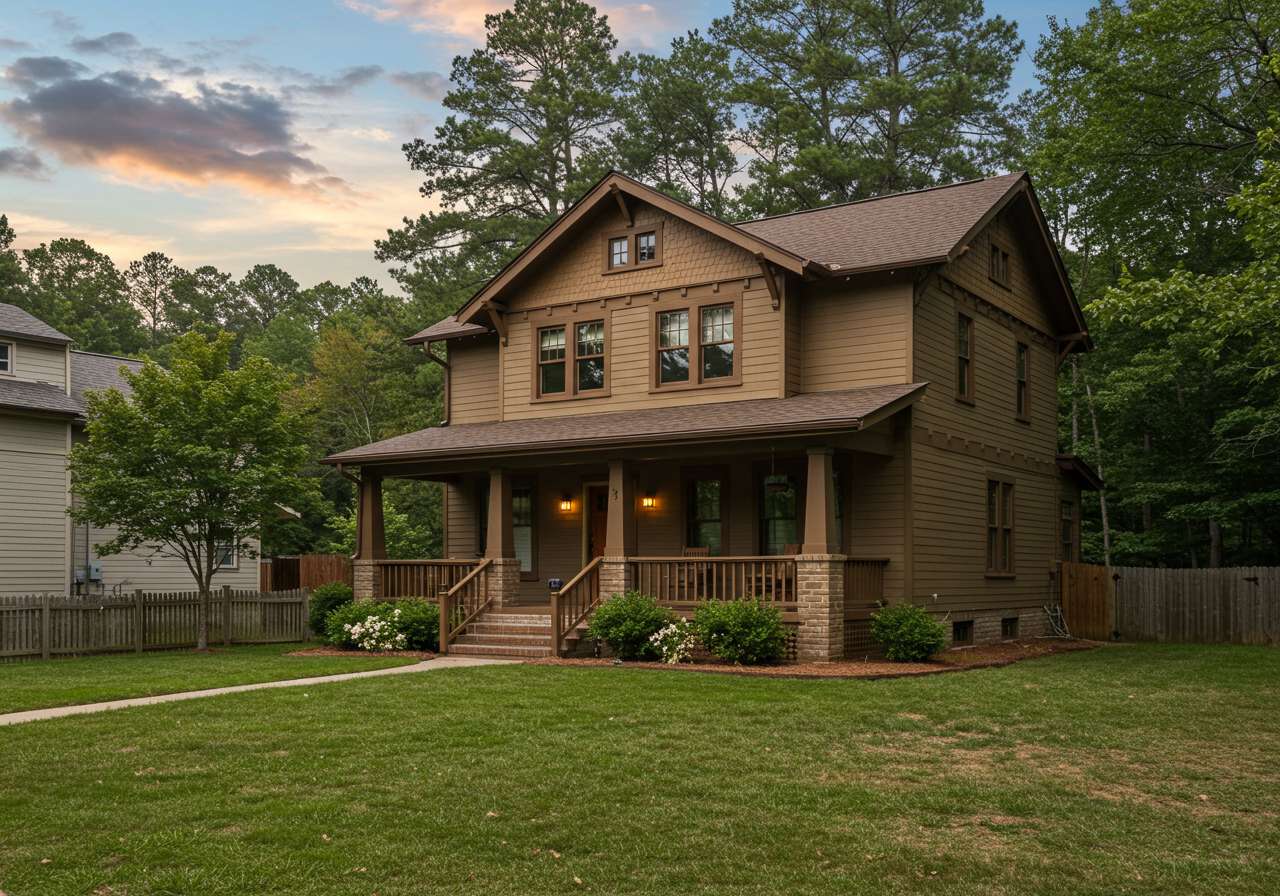Hidden Dangers: How Poor Attic Ventilation Triggers Roof Mold in Concord Homes
Think mold only grows when your roof leaks? Think again. In Concord, NC, our humid summers and dramatic winter temperature swings create the perfect conditions for hidden mold growth in your attic—even if your shingles are intact. The real culprit? Poor attic ventilation, quietly allowing condensation to build up under your roof deck. Let’s explore why this is such a big deal for Concord homeowners and what you can do to prevent costly roof repairs down the road.
Roof Mold Causes in Concord: How Humidity and Condensation Work Together
Concord’s climate is a mold magnet. During hot, sticky summers, attic temperatures soar and moisture-laden air gets trapped. In the winter, cold snaps cause that warm, humid air inside your attic to condense on the underside of your roof. Over time, this ongoing cycle leads to persistent dampness—an open invitation for mold and mildew.
- Moisture Movement: Warm air rises from your living space, carrying humidity into the attic. Without proper venting, this air cools and releases moisture, soaking wood and insulation.
- Common Pitfall – DIY Vent Blockage: Some homeowners mistakenly block roof or soffit vents to "keep heat in" during winter, unknowingly worsening condensation and mold risk.
Local Weather Risks
- Muggy Summers: Persistent humidity means more moisture in the air—even if it’s not raining.
- Sharp Winter Drops: Sudden cold spells can turn attic humidity into water droplets almost overnight.
Curious if your home is showing early signs of trouble? Watch for musty odors, dark stains on the roof decks, or insulation that feels damp to the touch.
Professional Solutions: Advanced Attic Ventilation and Insurance Considerations
Worried about mold but unsure if you need a full roof replacement? The good news: expert roofers in Concord use advanced solutions that address moisture at its source—before mold takes over.
What Professionals Do Differently
- Balanced Ventilation Systems: These combine intake (soffit) and exhaust (ridge, gable, or roof) vents to create a steady air flow, keeping attic conditions dry year-round.
- Vapor Barriers: Installed between insulation and the attic floor, these help prevent warm indoor air from reaching the cold roof deck.
- Targeted Insulation Upgrades: Sealing air leaks and upgrading insulation prevents conditioned indoor air from carrying excess moisture upward.
Insurance and Mold Remediation
Here’s a key question: does insurance cover attic mold? Coverage often depends on whether the mold was caused by a sudden, accidental event (like storm damage) or ongoing maintenance issues. Proper documentation and a professional inspection are crucial. Reputable local contractors, like us, help with the insurance process by providing detailed assessments and the paperwork you’ll need, including documenting damage: the importance of professional inspections and photos.
DIY Fixes vs. Expert Intervention
- DIY: Store-bought sprays and vent covers may mask symptoms but rarely address the root cause—ventilation and insulation issues.
- Professional Approach: A free inspection from a Concord specialist ensures the problem is accurately diagnosed and solved for good.
Don’t wait for that musty smell to get worse. Protect your roof and your indoor air quality with a proactive approach.
Ready for peace of mind? Submit a free inspection request with our Concord team today. We’ll identify any hidden ventilation issues, document findings for insurance, and recommend the right solution for your home. Mold doesn’t have to win—take action now and breathe easier all year long.
.png)




